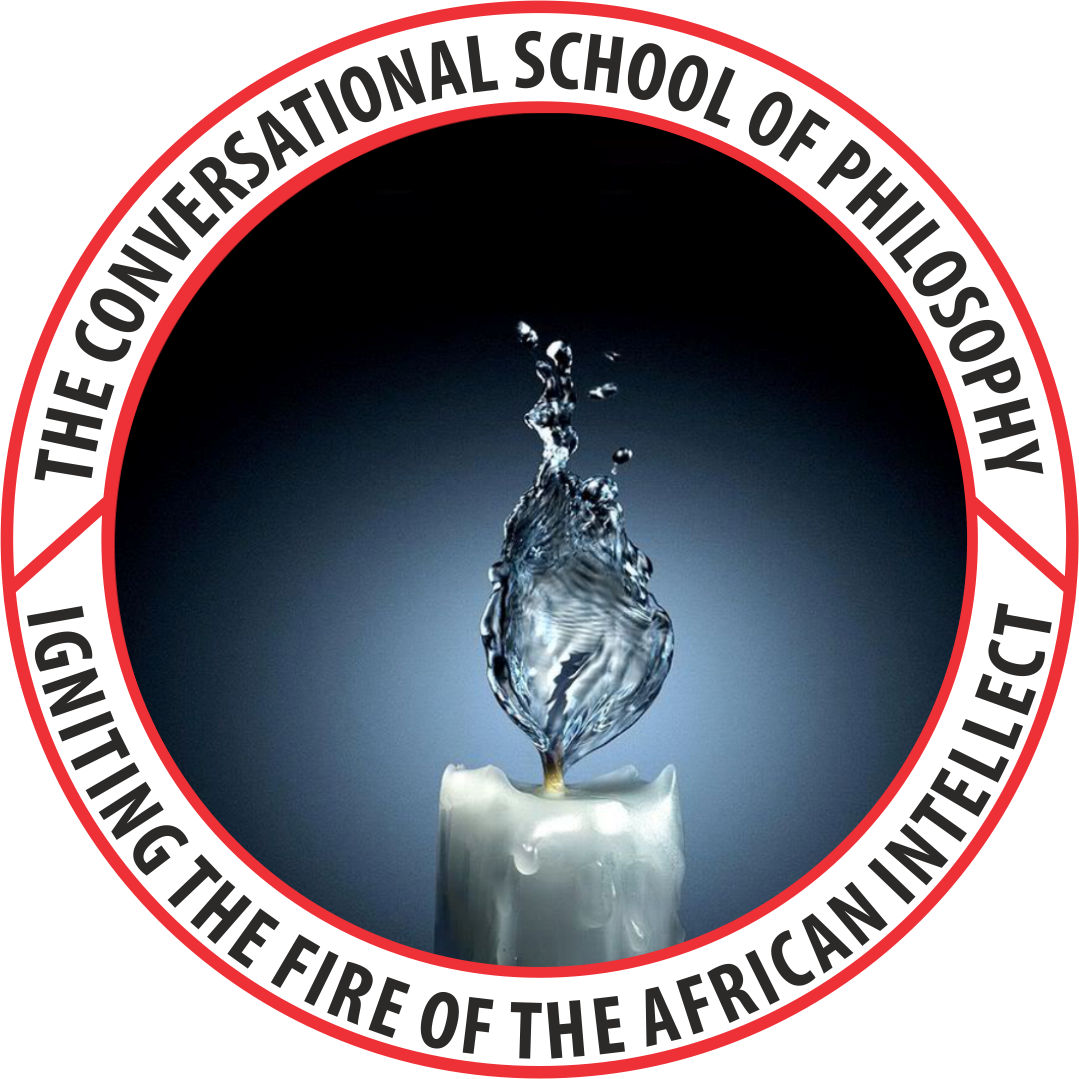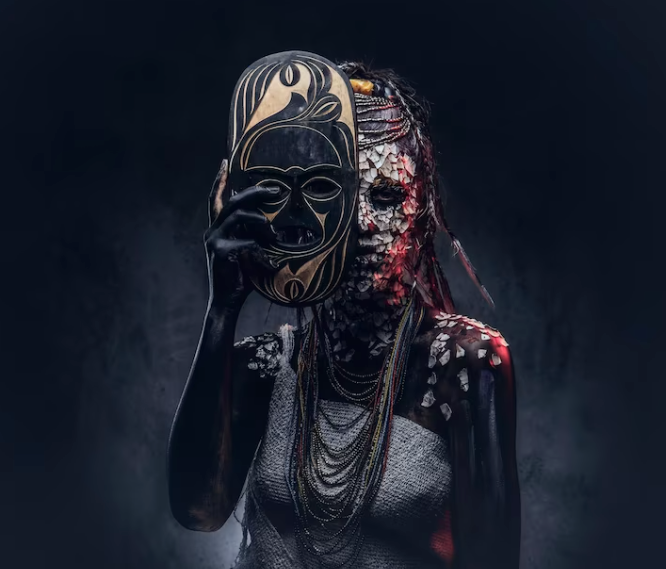By Emmanuel Ofuasia csp (ofuasia.emma@yahoo.com)
Towards the end of November 2019, there was, what seemed to me, a needless hullabaloo, in the town of Nsukka, which houses the University of Nigeria (U.N.N). The reason is not unconnected to the “Conference on Witchcraft Practices,” an event initiated by the B.I.C. Ijiomah Center for Policy Studies and Research within the same University. An arm of the University community, however, seemed to be against the Conference as they made effort to frustrate the efforts of the convener (Professor Egodi Uchendu) and the pivot of the Local Organising Committee (Dr. Elizabeth Onogwu). These women deserve more accolades than a blog post as they seem to recognise how the history and concept of witchcraft presents itself to peoples, essentially as a feminine affair. They stood their ground in spite of the withdrawal of the proposed keynote speaker, Professor David I. Ker.
A “Conference on Witchcraft Practices” soon metamorphosed through the media into “Witchcraft Conference” with the underlying presumption that witches and wizards have chosen the University of Nigeria Nsukka for their “gathering”. This was followed by various banners and posters within the institution signaling: “Witches and Wizard, UNN belongs to Jesus so no way for you!” The media made matters worse, so much so that nearly all radio stations were questioning why an institution of the caliber of UNN will allow such a backward and diabolic conference, in the first place. After much hullabaloo, the LOC made a slight turn regarding theme but the Conference took place.
As a doctoral student of philosophy at Lagos State University, the journey from Lagos to Nsukka for the ‘demonic’ Conference could not be communicated to family members until I arrived safely to present the paper – “Process Ontology and Witchcraft as Illustrated in the Ifá Literary Corpus,” – whose abstract had been accepted months hitherto. And it was during this presentation that I disclosed how the amorphous notion of witchcraft by the Church and the consequent witch-hunt served to relegate the woman as a Satanic agent only for gendercide – a calculated exertion toward the extermination of thousands of women, to escalate. It is this subtle but dangerous understanding that diffuses into contemporary Nigeria where the woman is the one that is usually perceived as the ‘winch’ (Nigerian pidgin English term for witch). Unless the origin of this erroneous ascription is dealt with, methinks, the “Conference on Witchcraft Practices” would not have attained its goal.
So, I started by disclosing how, some time ago in European history, it was admitted that only women can practice witchcraft. Even when men may muster the capacity to do what these women do, they are usually gleaned as righteous and divinely inspired or magicians. Incidentally, the term ‘wizard,’ which seems to be the equivalent masculine semantic of witchcraft, is, however, not gender-specific. I employed two English lexicographers to make my point.
In his Encyclopaedia World Dictionary, Peter Hanks defines a witch as “a person, especially a woman, who professes or is supposed to practice magic, especially black magic or black art.” The implication is that the ‘craft’ could only have the woman as competent. Wizard, a term which is usually employed for the man, Hanks defines thus: “One who professes to practice magic; a magician or sorcerer.” It is clear that whereas witchcraft is gender-specific, the definition ascribed to wizardry is not. The inference is that it is not possible for a man to be a witch. The second lexicographer, Bernard S. Cayne in the 1992 version of The New Webster’s Dictionary of the English Language, passes a witch as “a woman practicing sorcery usually with the aid, or through the medium of an evil spirit.” He defines a wizard as “a person who seems to perform magic.” Clearly magic is not witchcraft or perhaps it is not a deadly art as witchcraft, it may be argued. I pointed out during my presentation that the lexicographers have failed the woman! This failure however is influenced by the Roman Catholic Inquisition. As a result, I relayed to my listeners, the fit between the English lexicographers and the Catholic Inquisition concerning the necessary feminine character of witchcraft.
In the Bible, a clear depiction of a witch is Jezebel but there is no explicit mention of a wizard throughout the scripture. Jezebel is portrayed as wicked, malicious, plotted the death of a subject, and was prophesied to die a horrible death. Cleopatra and Queen Elizabeth I were worse, yet no one in history has passed these as witches. This is made more problematic, I reflected during my presentation, by the fact that the Bible’s idea of witchcraft/witch is nebulous if not tenuous. Even as it seeks justification from other concepts such as necromancy or medium, sorcery, magic, it is not evident enough that the Bible endorses witchcraft as a feminine enterprise. For those who may want to be sure, I disclosed that the concepts: “witch”, “witches” and “witchcraft” appear nine times [(Ex. 22: 18); (Dt. 19: 10); (1 Sam. 15: 23); (2 Ch. 33: 6); (Gal. 5: 20); (2 Kings 9: 22); (Mic. 5: 12); (Nahum 3: 4); and (Nahum; 3: 4)] in the King James Version (KJV) of the Bible. On the other hand, the concept, “wizard(s)” appears eleven times: [(Lev. 19: 31); (Lev. 20: 6); Lev. 20: 27); (Deut. 18: 11); (1 Sam. 28: 3); (1 Sam. 28: 9); (2 Kings 21: 6); (2 Kings 23: 24); (2 Ch. 33: 6); (Isa. 8: 19); and (Isa. 19: 3)]. A meticulous reader will find that the Bible, save for Jezebel, is not gender-specific both on witchcraft and wizardry. How did the gender ascription and the consequent gendercide enter the fray? I turned to the Medievals and the Catholic Inquisition for justification.
An outspoken declaration of witchcraft which endorses my gendercide conviction is clear in the publication of the Malleus maleficarum (The Hammer of Witches), emanating from the Catholic Inquisition authorities in 1485-6. In that document, the following is proclaimed:
All wickedness is but little to the wickedness of a woman…What else is a woman but a foe to friendship, an inescapable punishment, a necessary evil, a natural temptation, a desirable calamity, a domestic anger, a delectable detriment, an evil nature, painted with fair colours…Women are by nature instruments of Satan – they are by nature carnal, a structural defect rooted in the original creation.
There is no single verse from the entire 66 books of the Christian bible that ratifies the above, yet it has served as the injunction for the moral backing for a horrible, endless march of suffering, torture and human disgrace inflicted on thousands of women in Europe and then Africa, especially. In the 17th and 18th centuries, irrational tales of forced witchcraft confessions, leading to scores of death on women were recorded in Europe.
My presentation relayed the case of 1645 Suffolk England as an instance, where 124 individuals were accused of the craft. Of the 124 accused in that year in Suffolk, 68 of them were executed and 80 percent of them, women. Confessions (which are usually induced and never voluntary) bother on the perceived failures of these women as wives, mothers and the possession of quasi-physical imps. It is also important to understand that of the remaining 20 percent that were executed, it is not easy to indicate if they were not women since only the surname appears. In other words, the total number of women executed in Suffolk could have well been over the 80 percent mark. These figures not only indicate but validate the thesis of my presentation that those accused of witchcraft are usually women even when a properly defined and conceived notion of ‘witches’ and ‘witchcraft’ remains amoebic.
Unfortunately, contemporary Africa seems to have tapped into the notion that a witch is necessarily a woman even when their traditional institutions, tender otherwise. The need to correct this uncharitable misrepresentation from an African traditional religion will be the focus of the part 2 of this blog post.


